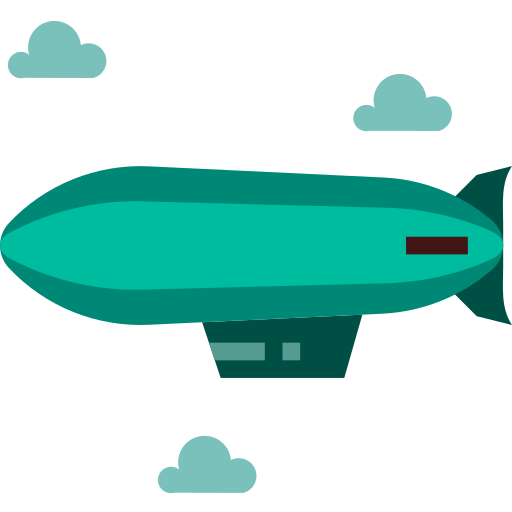Well Principled
Technology
A.I. Management Consultant
Predictive Model Building Blocks of our A.I. Decision Platform
Purchase Predictive
Behavioral Segments
Our models determine the correct number of data-driven segments and build a predictive model of each across multiple dimensions of buying or usage behavior, not demographics
Journey to
Repeat Purchasing
Our predictive journey model partitions buyer timelines into trial, routine and loyalty/churn phases, each with quantified frequency, intensity and units-to-conversion
Disentangled
Marketing Effectiveness
Our sales and acquisition models are driven by a disentangled understanding of the effectiveness and interaction of each of advertising, merchandising, promo, discount and trade spend
Forward-Forecast
Customer Lifetime Value
Our CLV model forecasts forward-looking customer lifetime values for every customer based on acquisition costs, current behaviors and anticipated future behavior from buy-alikes
Platform Components
Software Building Blocks of our A.I. Decision Platform
WP Execute
WP field teams tailor-fit dashboards & integrations to optimize your processes

WP Dauntless
Understand model outcomes and approve business actions in modern interactive web apps that feature rapid deployment and infinite customizability

Actuator Library
Turn insights into automated actions with seamless connectors to ERP, CRM, service desk, advertising and other systems that drive business outcomes
WP Model
WP models automatically learn the business drivers of your outcomes

WP CloudStan
Automatically leverage the cloud from Stan™: the world’s most powerful A.I. engine

WP AutoStan
Automate the expensive Data Science drudgery of model building and selection

WP SmartFit
Automatically fit, critique and correct model fit issues like an expert Data Scientist

WP Interpreter
Automatically translate models into enterprise production deployables
WP Integrate
WP field teams rapidly assimilate your data–just provide us access

WP Cloudenv
Go from zero to sustaining our best- practice data cloud environment in minutes

wp cloudrunner
Easily automate complex computational flows
for analytical apps
for analytical apps

WP RTAS
Leverage rapid web, IoT and transaction data with our Real-Time Analytics System

Connector Library
Integrate data from Excel, SAP, Oracle, Google, Salesforce & legacy systems


